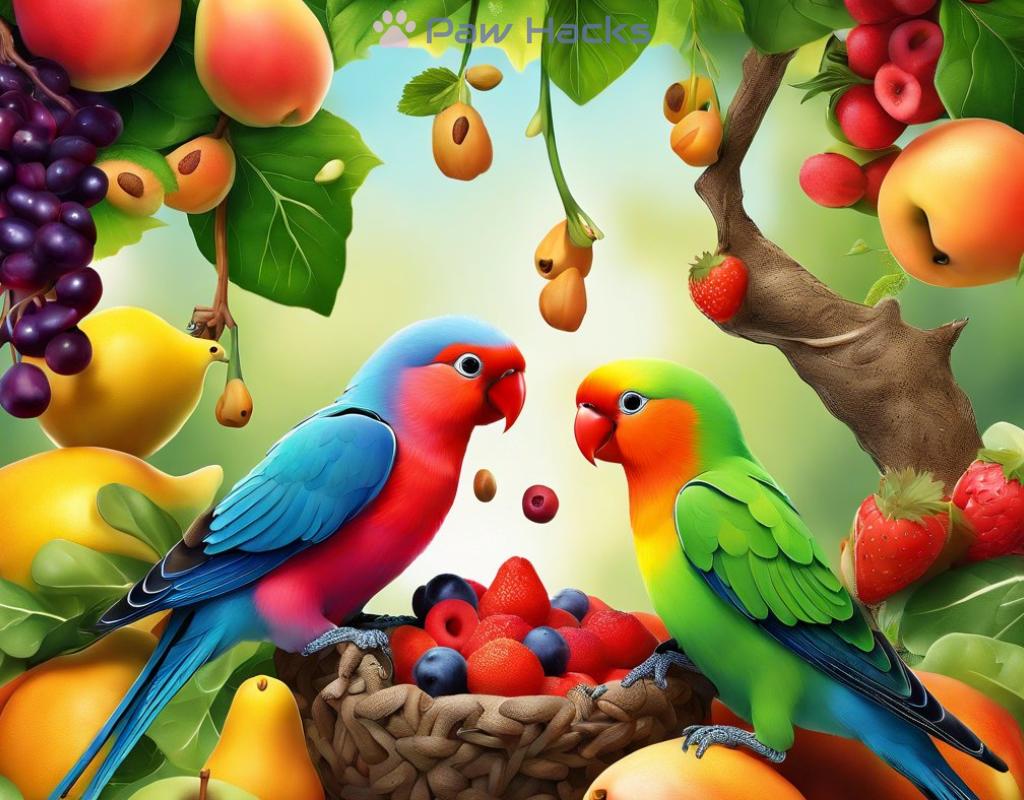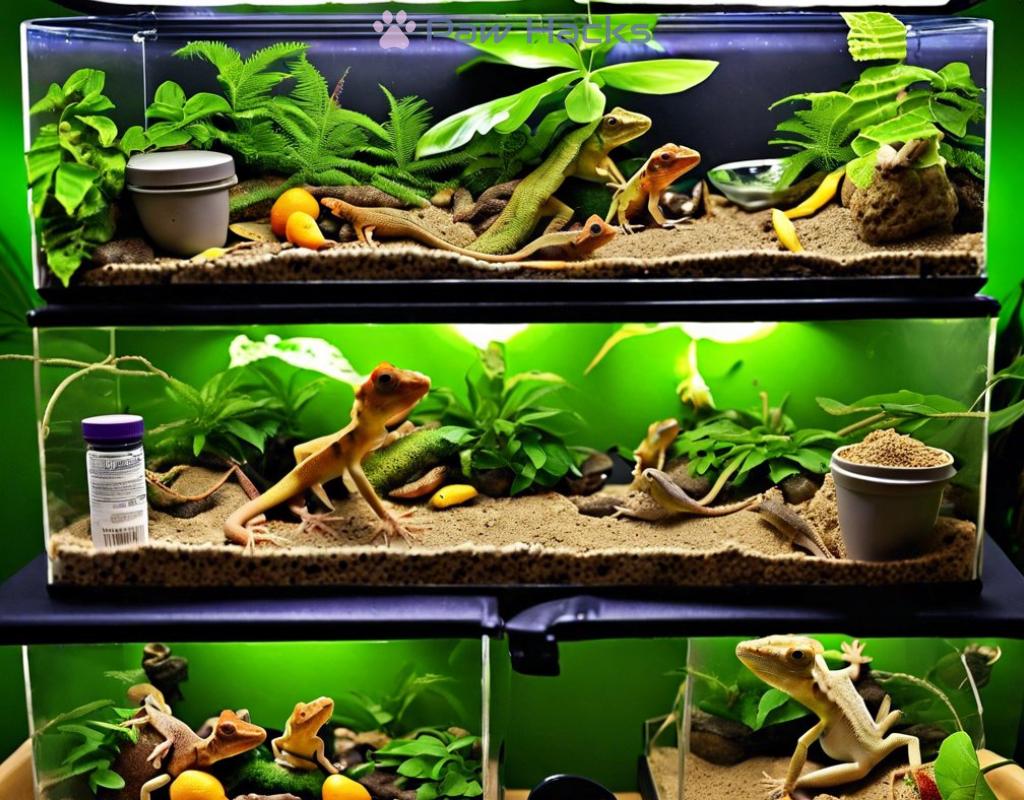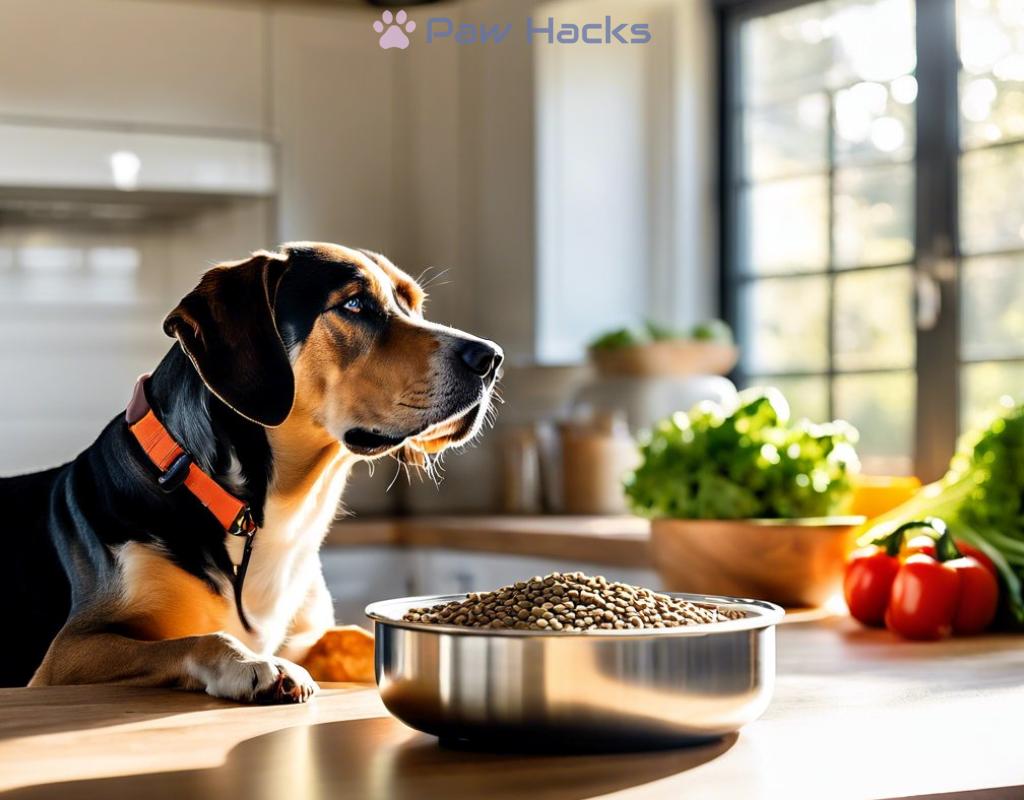Feeding Habits of Lovebirds
Understanding the Natural Diet of Lovebirds
Lovebirds are not only known for their vibrant colors and playful personalities but also for their distinct dietary needs. In their natural habitat, these charming little birds exhibit a fascinating array of feeding behaviors that cater to their nutritional requirements. Understanding their natural diet is essential for any lovebird owner who wishes to provide a healthy and balanced diet, ensuring these delightful pets thrive.
In the wild, lovebirds primarily consume a diet rich in seeds, fruits, and flowers. This natural diet is diverse and provides the essential nutrients that help them stay healthy and energetic. Incorporating elements of this diet into your pet lovebird’s meals can replicate their natural foraging behaviors and promote their overall well-being.
| Food Type | Examples | Nutritional Benefits |
|---|---|---|
| Seeds | Millet, sunflower seeds | High in fats and proteins |
| Fruits | Apples, bananas, berries | Rich in vitamins and antioxidants |
| Vegetables | Carrots, spinach, broccoli | Provides fiber and essential nutrients |
| Flowers | Dandelions, hibiscus | Source of vitamins and minerals |
Just like humans, lovebirds benefit from a varied diet that includes a mix of different food types. A well-rounded diet helps prevent nutritional deficiencies and promotes a longer, healthier life. Lovebirds thrive on a combination of seeds, fresh fruits, vegetables, and occasional treats. Here’s a simple list of tips to ensure your lovebird’s dietary needs are met:
- Provide a high-quality seed mix as a staple.
- Introduce fresh fruits and vegetables daily.
- Ensure a constant supply of clean, fresh water.
- Limit high-fat seeds and treats to occasional rewards.
- Observe your bird’s preferences for a tailored diet.
By understanding and implementing these dietary principles, you can ensure that your lovebird is not only well-fed but also happy and healthy.
Essential Nutrients for a Healthy Lovebird
When it comes to keeping lovebirds happy and healthy, understanding their essential nutrient requirements is crucial. These lively little companions need a balanced diet that provides all the necessary vitamins, minerals, and other nutrients. Meeting these dietary needs not only supports their physical health but also encourages their playful and social behaviors. By focusing on the right nutrients, lovebird owners can enhance their pet’s quality of life significantly.
A lovebird’s diet should be rich in several key nutrients. Proteins are vital for growth and feather development. They can be found in seeds, legumes, and some fruits. Carbohydrates are another essential element that provides energy for their playful antics. Sources like fruits and certain grains are excellent for this purpose. Additionally, fats, while often considered unhealthy, are important in moderation. They help in the absorption of fat-soluble vitamins and provide a concentrated energy source. Offering a variety of seeds, nuts, and avocados in limited amounts can satisfy this need.
Vitamins and minerals are critical for maintaining a lovebird’s overall health. Vitamin A, for instance, is crucial for their vision and immune function, commonly sourced from dark leafy greens and orange vegetables. Calcium and phosphorus play a vital role in bone health and are often found in dark green veggies and fortified feeds. Vitamin D is also essential as it aids in calcium absorption, and natural sunlight is a great source. Furthermore, antioxidants from fruits like berries can help protect their cells from damage, making them a delightful addition to their diet.
By ensuring that lovebirds receive a variety of foods that cover these essential nutrients, owners can foster a healthy environment for their feathered friends. A well-balanced diet will not only reflect on their vibrant plumage but also enhance their overall vitality and longevity. Remember, the joy of watching these birds flourish lies in the care and thoughtfulness we put into their feeding habits.
How to Create a Balanced Feeding Schedule for Lovebirds
Establishing a well-structured feeding schedule is vital for the health and happiness of your lovebirds. A consistent routine not only helps owners manage their pet’s dietary needs but also mimics the natural foraging behaviors lovebirds exhibit in the wild. When you take the time to set up a balanced feeding schedule, you create an environment that promotes well-being and vivacity in your feathered companions.
The first step in crafting a balanced feeding schedule is understanding the unique nutritional requirements of lovebirds. These vibrant creatures thrive on a combination of seeds, fresh fruits, and vegetables. It’s essential to provide a variety of foods to ensure they receive the range of nutrients necessary for their overall health. Remember, a monotonous diet can lead to nutritional deficiencies, making it crucial to switch up their meals regularly. Aim for a harmonious blend of different food types throughout the week, accommodating their preferences while ensuring they receive all the necessary nutrients.
To create a balanced feeding schedule, consider setting specific times for meals. Lovebirds benefit from a routine, so try to feed them at the same times each day. This could be in the morning when they are most active or later in the day. In addition to regularity, portion control is key. Each meal should contain a mix of seeds, fresh produce, and occasional treats, ensuring that your lovebirds are not overindulging in any one food type. By measuring out daily portions, you can maintain a healthy balance and prevent obesity, which is a common issue in pet birds.
Another crucial aspect of a balanced feeding schedule is the freshness of the food provided. Always offer clean, fresh water alongside their meals, and replace uneaten fruits and vegetables regularly to prevent spoilage. Lovebirds are naturally curious and will often play with their food, leading to waste if not managed correctly. By monitoring their eating habits and adjusting the quantities and types of food based on their preferences, you can refine the feeding schedule to suit their needs better. Remember, a vibrant diet not only nourishes their bodies but also keeps their spirits high.
Common Feeding Mistakes to Avoid with Lovebirds
One of the most significant mistakes lovebird owners make is neglecting to provide a diverse diet. While seeds are a staple, relying solely on them can lead to nutritional imbalances. Lovebirds thrive on a mixture of seeds, fresh fruits, and vegetables. If their diet lacks variety, they may miss out on essential vitamins and minerals, resulting in poor health over time. Incorporating items like leafy greens, colorful fruits, and even occasional treats can make a world of difference in their overall well-being.
Another common mistake is serving inappropriate portion sizes. It’s easy to overestimate how much your lovebird can eat, especially when they seem eager to dive into their meals. However, overfeeding can lead to obesity and health issues. Regularly measuring out portions ensures that they receive the right amount of food without excess. Take into account their activity level and adjust their meals accordingly. An active lovebird may require a bit more food than one that prefers to relax. Finding a balance is crucial for sustaining their energy levels and maintaining a healthy weight.
Freshness is key when it comes to a lovebird’s diet. Owners often overlook the importance of providing fresh, clean food and water. Spoiled or uneaten food can lead to health problems, so it’s vital to check their dishes daily. Replace fruits and vegetables regularly to prevent them from becoming wilted or moldy. Additionally, ensuring that their water is clean will help prevent any potential health risks. A healthy lovebird is one that enjoys fresh, appealing meals that not only nourish their bodies but also stimulate their senses.
Exploring the Role of Treats in Lovebird Nutrition
Treats play a significant role in the overall diet of lovebirds, adding an element of excitement and variety to their meals. While these delightful morsels can be a wonderful way to bond with your feathered friends, it’s crucial to understand their nutritional value and how they fit into a balanced diet. Lovebirds are naturally curious and playful, and incorporating treats into their feeding regimen can stimulate their minds and encourage healthy behaviors. However, moderation is key to ensuring that treats enhance their diet without leading to potential health issues.
When considering treats for your lovebird, it’s important to opt for options that complement their dietary needs rather than detract from them. Natural, healthy treats such as small pieces of fruit, vegetables, or even specific seeds can serve as both a reward and a source of essential nutrients. Avoid commercially processed treats that often contain added sugars or preservatives, as these can be detrimental to your bird’s health. Instead, focus on items that are rich in vitamins and minerals, such as carrot slices, small bits of apple, or leafy greens. These natural treats not only satisfy their cravings but also contribute positively to their overall nutrition.
Using treats as a training tool can significantly enhance your relationship with your lovebird. Positive reinforcement through treats can encourage desired behaviors, making your interactions more enjoyable. For instance, rewarding your lovebird with a small piece of banana when they successfully perform a trick or respond to their name can foster trust and communication. Furthermore, the act of offering treats can be a delightful bonding experience, as lovebirds are social creatures that thrive on interaction. Remember, the key is to keep treats occasional and not make them the main focus of their diet. By doing so, you will maintain their excitement for meal times while ensuring their health and happiness.
Share this content:



